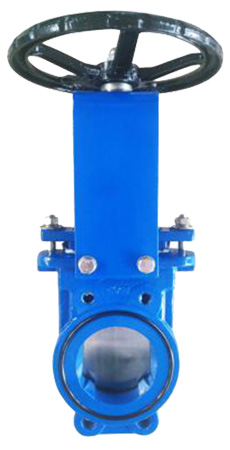Desemba . 12, 2024 11:45 Back to list
double sphere flange type rubber joint
Understanding Double Sphere Flange Type Rubber Joints
In modern engineering, the need for flexible and durable connection components is paramount, particularly in piping systems and machinery. One such component that has been gaining attention for its versatility and effectiveness is the double sphere flange type rubber joint. This article delves into the design, application, and benefits of using these specialized joints in various industries.
What is a Double Sphere Flange Type Rubber Joint?
A double sphere flange type rubber joint is a flexible connector that is designed to absorb vibration and compensate for misalignment between two connected pipes or equipment. Its unique design consists of two spherical rubber ends molded onto a central metal flange, which allows for multidirectional flexibility. This configuration not only accommodates movements caused by thermal expansion or contraction but also dampens vibrations and shocks that may travel through the piping system.
Design Features
The design of a double sphere flange type rubber joint incorporates several critical features
1. Materials The rubber used is often formulated with various additives to enhance durability, corrosion resistance, and temperature tolerance. Common materials include neoprene, EPDM, and natural rubber.
2. Flange Connection The joints are equipped with flanges that allow for easy installation and disassembly. The flanges can typically be made from steel or other metal alloys that ensure strength and integrity.
4. Damping Capability Due to the elasticity of the rubber, these joints effectively absorb vibrations and reduce noise, contributing to a more stable and quieter operational environment.
Applications
Double sphere flange type rubber joints are utilized across a wide range of applications and industries
double sphere flange type rubber joint

- Water Supply Systems In municipal and industrial water supply structures, these joints help manage the vibrations and movements caused by water flow and pressure changes.
- HVAC Systems In heating, ventilation, and air conditioning systems, these joints reduce the transmission of vibrations from equipment, leading to quieter operation and prolonging equipment lifespan.
- Chemical Processing The chemical resistance of specific rubber compounds ensures that these joints can be used safely in various chemical pipelines, accommodating the dynamic movements of the fluids being transported.
- Marine and Offshore Industries Here, they are critical for absorbing shocks from waves and vibrations from machinery, ensuring the integrity of piping systems onboard vessels and platforms.
Benefits of Using Double Sphere Flange Type Rubber Joints
1. Flexibility One of the most significant advantages is their ability to allow for flexibility in systems, accommodating movements without compromising the integrity of the connection.
2. Lifespan With the proper material selection and maintenance, these joints can have a long operational life, reducing the need for frequent replacements.
3. Maintenance Ease The design facilitates easy installation and maintenance, making it easier for technicians to manage and service piping systems.
4. Cost-effectiveness With their ability to absorb shocks and vibrations, these joints can reduce wear and tear on other system components, leading to lower maintenance costs over time.
Conclusion
In conclusion, double sphere flange type rubber joints are an essential component in modern engineering applications, offering unparalleled flexibility and durability. Their ability to mitigate vibrations and accommodate misalignments makes them invaluable in various industries, from water supply to HVAC systems. As technology advances, the continued development of these joints promises to enhance their performance, solidifying their place in the future of engineering solutions. Adopting these joints can significantly improve the reliability and efficiency of systems, ultimately leading to better operational outcomes across the board.
Share
-
Reliable Wafer Type Butterfly Valves for Every IndustryNewsJul.25,2025
-
Reliable Flow Control Begins with the Right Ball Check ValveNewsJul.25,2025
-
Precision Flow Control Starts with Quality ValvesNewsJul.25,2025
-
Industrial Flow Control ReliabilityNewsJul.25,2025
-
Engineered for Efficiency Gate Valves That Power Industrial PerformanceNewsJul.25,2025
-
Empowering Infrastructure Through Quality ManufacturingNewsJul.25,2025